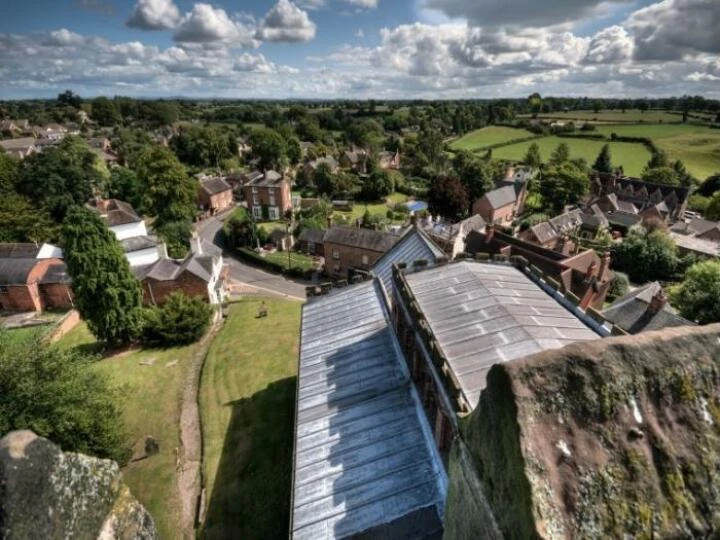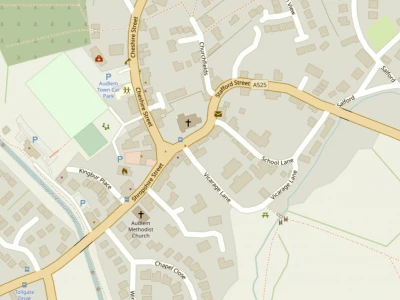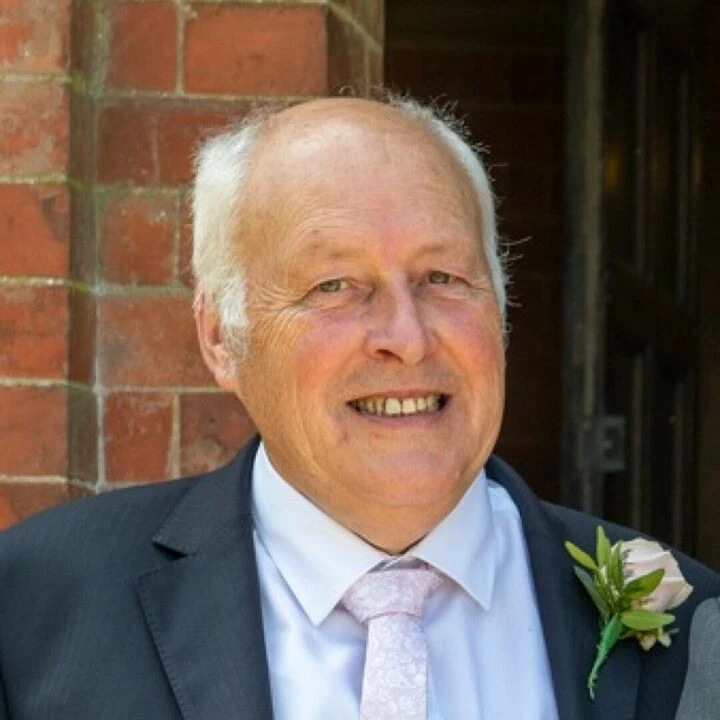
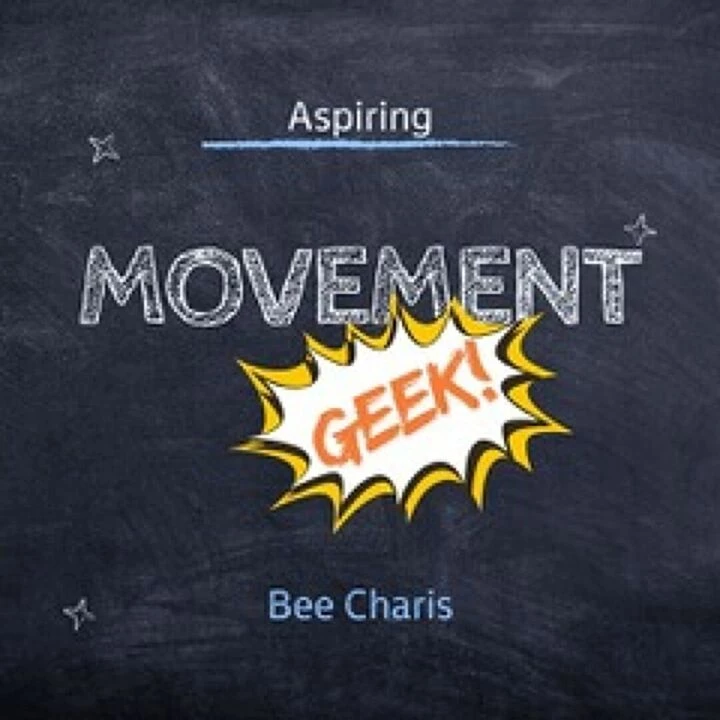
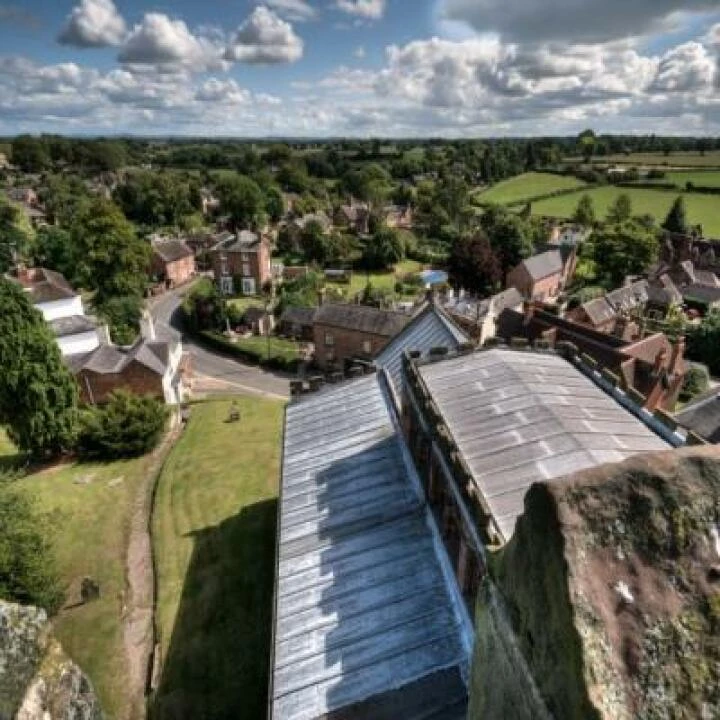


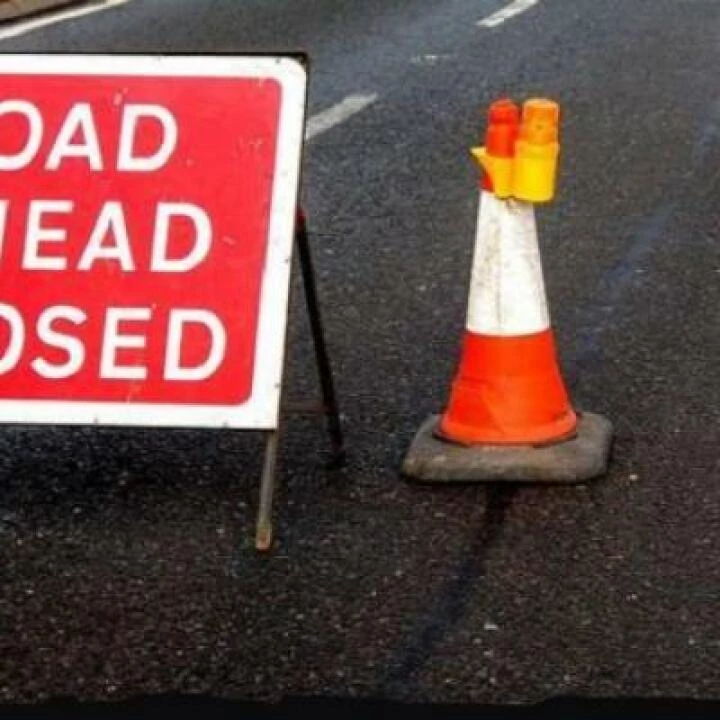
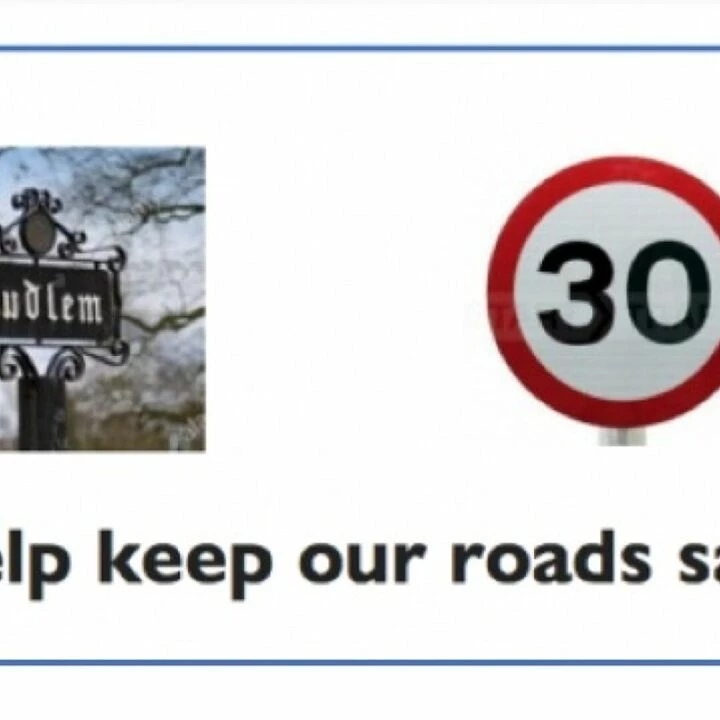
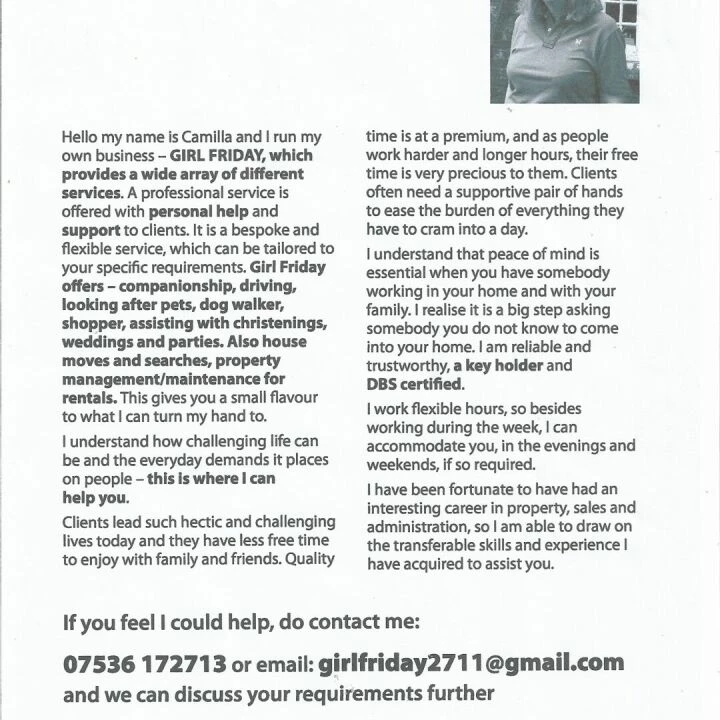
I have just read an account of a man called Martin Bromage who lost his life on the first leg of a 12,000 mile journey to Australia. He was flying a micro-light over the Channel.
The purpose of his flight was to raise money for the charity "Help for Heroes".
He was lost over the channel in bad weather. It is always sad to hear of such an occurrence.
That piece of water may be only 21 miles across but it has claimed many lives
since Mr Bleriot first flew over it in 1909 a hundred years ago. Among the more illustrious of lives lost was of course the American band leader Glen Miller.
First crossingMy own first Channel crossing was with Anne in 1976. It usually takes no more than fifteen minutes , but I never take it for granted. It is a must to put on one's life jacket before embarking. It's far too late when you are in the sea.
Also when passing over Dover Castle, it is always wise to test firel and ignition systems. Everything must be running smoothly before venturing over the water, though neither aeroplane nor engine know it's flying over water -and I'm not telling either of 'em.
When crossing an international border one has to file a flight plan which at the least tells someone in authority where and when one is going to make the crossing.
It is also a good policy to establish radio contact with an authority called the London "Flight Information Service" for that area ...... reporting to them coasting out at Dover and again reaching the Latitude 50°degrees North. 50°North is the line at which the air spaces changes from English to French. At 50°North one changes frequency to Lille "Flight Information Service " and reports to them and again at Cap Gris Nez when safely over the water.
Copenhagen boundThe first crossing with Anne in 1976 was en route to Copenhagen to visit the chap whose crashed aeroplane I had bought in 1972. I had taken a careful briefing from the office at Lydd aerodrome and had noted the weather forecast and the many other essential pieces of information.
However, it was not until later that I realised that one important piece of information had been omitted from the briefing. This was, that all military aircraft and that at the time included RAF and USAF operated between 500 feet and 2000feet.
Also at the time the regulations required me seek individual permissions to fly through France Belgium, Holland, Germany and Denmark. Holland alone refused their permission. My route therefore had to take me East through
France and Belgium, to Germany where I was to turn North, thus avoiding Holland.
After crossing the channel, my next re-fuelling stop was to be at Munchen Gladbach in Germany. We crossed into German airspace and became a target for the RAF and United States Air force to make mock attacks.
And of course we were in their allotted levels of airspace. For twenty minutes we endured jet fighters roaring above below and round us until we were forced lower and lower to escape.
Several American Warthog Tank busters flew around and very near to us.
RAF Tornadoes appeared as dots just above the horizon and a few brief seconds later tore past close enough to rock our small craft. It was interesting and very hairy. The wake turbulence of these things is enough to break our aircraft up.
Completely lostHaving been navigating by compass and following a pencil line across our map we became aware that we were now over the Rhine valley and completely lost – or to put it another way, we were "unsure of our position". It just sounds better but we were still lost!
Calling on the radio to seek help we were far too low at 500 feet to make a good radio contact until I realised that I was being asked to change the radio frequency and given a new frequency.
Changing frequency and calling some unidentified body to explain our predicament I was delighted to hear in best Oxford English. " Poppa Foxtrot this is RAF Wildenwrath, can we help?"
So that was how we came to be vectored (told what heading to steer and radar guided ) to Munchen Gladbach. We were still shaking ten minutes after landing at Munchen. But we barely avoided the need of clean trousers – though it was a near thing.
Our onward journey took us to Bremen where we were instructed to join right base for the active runway. Turning to land I observed another aircraft landing on our runway from the opposite end. Believing that I had made a mistake, I called to ask if I was "out of position" and was assured that I had correctly interpreted my instructions.
"Why then," I asked," is an aircraft landing towards me on the same runway?" "That is OK. The wind is calm at this time and we are landing them from both ends".
We then flew onward to Sonderborg at the base of the Jutland peninsular where we spent the night. The gremlins had not quite finished with us. Next morning taking off for the final leg of our journey to Vaerlose Copenhagen and just at lift off with the fiord around two sides of the runway, I felt the rudder pedal go slack on the right side with the result that it tightened upon the left side. So swapping my feet so that both feet pressed upon the left side, I elected to fly on to Copenhagen with both feet pushing one rudder pedal. We safely arrived (but with aching legs )and then had to rectify the problem for the return journey.
Water crossingsTo return to the business of water crossings. Trawling my log books, I see that I have over the years made 34 crossings of the English Channel between Dover and Calais. And ten crossings between Bournemouth and Cherbourg. This is a 72 mile crossing and involves crossing several danger areas where the Navy practices gunnery etc.
Even longer (76miles), is the crossing from Prestatyn to the Isle of Man (ten crossings) and this is further complicated by BA Systems test flying their new Typhoon fighter aircraft from Wharton, Lancashire which they carry out over the Irish Sea.
Last June, when my son Stephen and I visited Isle of Man to watch the TT races, we were at about halfway over the water when the engine missed one beat. Now, you may think that missing one engine beat wouldn't be noticed. We both heard it and looked across at each other and the conversation went something like this:
From Dad: " Did you hear what I heard?"
From Stephen: " Yes I believe I did."
Dad: " What did you think of it?"
Stephen: "Well I am trying hard to think of something else."
Dad: "OK we'll ignore it then and hope we don't have a repetition. In the meantime check the magnetos and fuel pump will you. Oh! And try some carburettor heat."
Most days have trying moments don't they? The TT racing was good though.
Incidentally, I did take it a little amiss when Holland refused me safe passage across their territory. But then they had had experience in 1944 of several fields full of wooden aeroplanes at a place called Arnhem and maybe they had had enough.
Golf Foxtrot Alpha Romeo Romeo
This article is from our news archive. As a result pictures or videos originally associated with it may have been removed and some of the content may no longer be accurate or relevant.
Get In Touch
AudlemOnline is powered by our active community.
Please send us your news and views using the button below:
Email: editor@audlem.org

